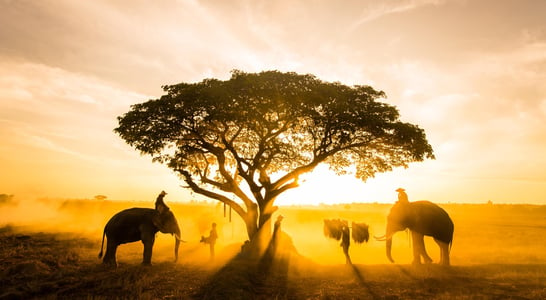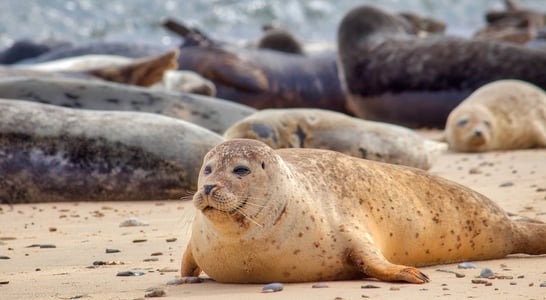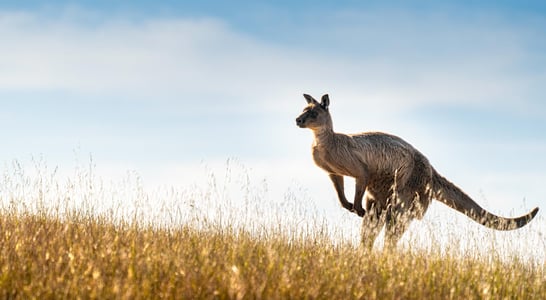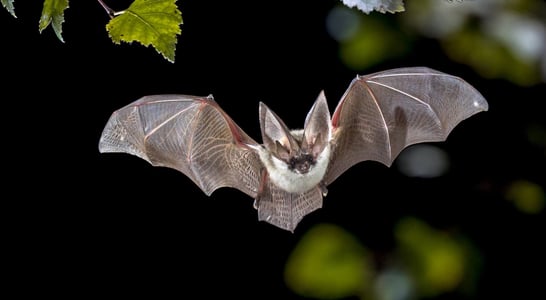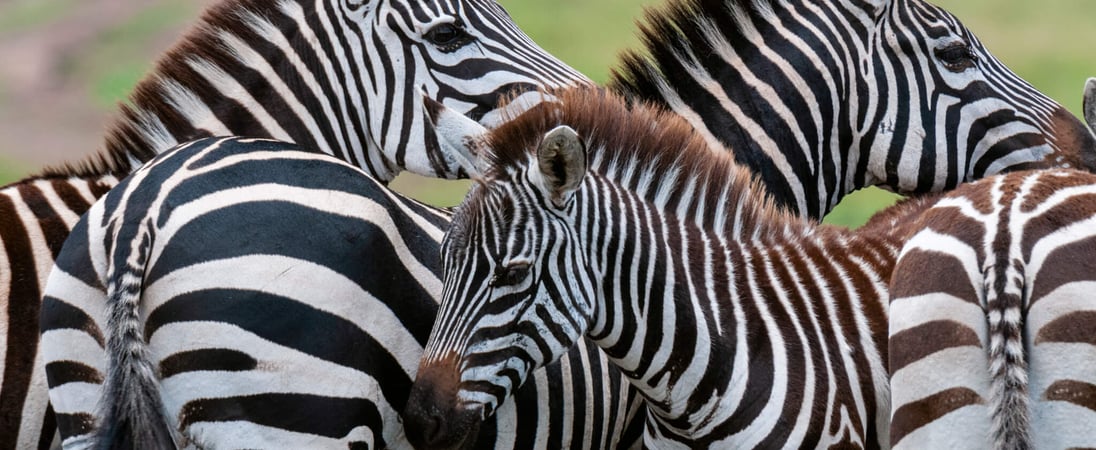
International Zebra Day
Zebras are incredible creatures that are some of the most uniquely recognizable animals on the planet. With their contrasted stripes in black and white, zebras belong to the same equine species as horses and donkeys, but they are native only to Africa and the obviously have some distinct characteristics.
As their habitats grow smaller and populations diminish, zebras have been placed on the endangered species list by the International Union for Conservation of Nature (IUCN).
International Zebra Day is here to increase public awareness about the plight of the zebra, encouraging humans to take action to save them!
How to Celebrate International Zebra Day
Join the fun and celebrate for a good cause by participating in International Zebra Day. Make a difference in the conservation efforts for this unique African animal, by getting started with some of these plans:
Help Save the Zebras
Whether through financial donations or volunteering, International Zebra Day is a perfect time to get involved with charities that are helping to keep zebras protected and work to prevent their extinction.
Give through organizations like the Grevy’s Zebra Trust, the World Wildlife Fund, and Zebra Pen.
Dress in Black and White
One excellent way to raise awareness for International Zebra Day is to don their “uniform” for the day! Dress up in black and white stripes to go to work or school.
Or for those who work from home, snap a selfie in that zebra gear and post it on social media to spread the word about protecting zebras.
Learn Fascinating Facts About Zebras
One excellent way for parents and teachers to get classrooms, scout troops, or the whole family involved with International Zebra Day might be to encourage learning some interesting facts about this amazing animal!
Head over to the local library and check out some books to do some research on zebras, or get started with some of these fun facts:
- A zebra’s black stripes contain melanin and act as a natural sun protectant that absorbs the harmful UV rays of the scorching sun, while the white stripes reflect the sunlight and help cool down the body temperature
- There are three different species of zebra, which include the Plain Zebra, the Mountain Zebra, and the Grevy Zebra
- Just like fingerprints for humans, no two zebras have the same black-and-white stripe pattern on their bodies!
History of International Zebra Day
International Zebra Day has some fuzzy beginnings, but it is generally regarded as an event founded through the efforts of several conservation groups.
Today, the day continues to be promoted through various organizations such as the Smithsonian’s National Zoo & Conservation Biology Institute, Take Action for Wildlife Conservation in the UK, the Taronga Conservation Society in Australia, and many others.
This day acts as an annual opportunity to bring special attention to the zebra, encouraging individuals, conservation groups, government agencies, businesses, and other community members to get involved with proactively safeguarding zebras.
International Zebra Day FAQs
Why are zebras associated with camouflage when they live in open grasslands?
Zebra stripes offer camouflage by confusing predators through an optical illusion.
When zebras gather in groups, their black-and-white stripes blend, making it hard for predators to single out an individual. Additionally, stripes help control their body temperature by creating tiny air currents.
This pattern also deters biting insects like flies, which are less likely to land on striped surfaces. Zebras’ stripes are a unique blend of function and form, perfectly adapted to their environment.
Are zebras really black with white stripes or white with black stripes?
Zebras are technically black with white stripes. Embryological studies reveal that zebras’ base color is black, with white areas developing later.
The pattern and number of stripes are unique to each zebra, almost like a human fingerprint. This insight shifts the perspective on their iconic appearance, showing how evolution can create such striking designs.
How do people celebrate International Zebra Day in Kenya?
In Kenya, International Zebra Day celebrations often focus on conservation efforts.
Many national parks, like Nairobi National Park, host special events. These may include educational tours, school programs, and zebra-themed art exhibitions.
Conservation groups sometimes organize community initiatives, emphasizing the role of zebras in local ecosystems and the importance of preserving their habitats.
What’s the history behind zebra crossings, and do they connect to zebras?
Zebra crossings were first introduced in the UK in 1951. The black-and-white pattern is inspired by zebra stripes, which helps the crosswalk stand out on the road.
The term “zebra crossing” was coined by a British MP who compared the alternating stripes to a zebra’s coat.
While not directly related to zebras, these crossings have become iconic for their visibility and simplicity.
Why don’t we see zebras being domesticated like horses?
Zebras resist domestication due to their strong fight-or-flight instinct and unpredictable temperament.
Unlike horses, which humans selectively bred over centuries, zebras evolved alongside African predators, making them highly skittish.
Attempts to domesticate zebras have generally failed because they remain aggressive and are difficult to train.
What are some fun myths about zebras?
In African folklore, zebras were believed to have stripes from a paint-spilling trick by a mischievous god.
Some myths say stripes helped zebras escape the lion’s grasp in a legendary chase. Other stories portray zebras as symbols of freedom due to their wild, untamable nature.
These tales highlight the zebra’s cultural significance and mysterious beauty.
Do zebras have unique social behaviors within their groups?
Yes, zebras display unique social bonds. In harems, a single male leads multiple females and their offspring.
Zebras form tight family units, often grooming each other to strengthen social ties.
They rely on these bonds for protection, as group living provides more eyes to spot predators and helps keep young zebras safe.
How does the zebra’s role differ in various cultural symbols?
In African cultures, zebras symbolize freedom and beauty. For example, some tribes see the zebra as a spirit animal representing harmony with nature.
In contrast, Western culture often uses the zebra as a symbol of exotic beauty or even humor. The difference in symbolism reflects diverse cultural values and how people view wild animals globally.
Are there any lesser-known threats to zebras besides poaching?
Beyond poaching, zebras face threats from habitat loss and competition with livestock for grazing.
In some areas, zebras are hunted for their skins, which fetch a high market price.
Climate change also disrupts water sources and affects the availability of grasslands, further threatening zebra populations.
Conservationists work to address these lesser-known dangers by securing protected habitats and promoting eco-friendly practices.
What unique physical traits help zebras survive in the wild?
Zebras have excellent eyesight, especially in low light, which helps them detect predators during dawn and dusk.
Their powerful legs can deliver a kick strong enough to injure or kill a lion. Zebras also possess a strong sense of smell, aiding them in finding water during dry seasons.
These traits make zebras uniquely equipped for survival in Africa’s challenging ecosystems.
Also on ...
View all holidaysNational Hot Chocolate Day
Made with creamy milk and yummy cocoa, this sugary sweet treat is delicious when enjoyed by itself, or can be a great basic recipe that can then be used to get creative with by adding unique flavors, spices and even liqueurs.
Eat Brussel Sprouts Day
Roasted, sautéed or fried, these cruciferous veggies are loaded with vitamins and fiber, and make a tasty addition to any meal.
Inspire Your Heart With Art Day
Unlock your inner muse and let creativity soar! Immerse yourself in vibrant brushstrokes, captivating sculptures, and awe-inspiring masterpieces that spark joy and ignite your imagination.
National Seed Swap Day
Join the vibrant community of plant enthusiasts and embark on a botanical adventure, trading nature's tiny miracles and cultivating a garden filled with surprises!




